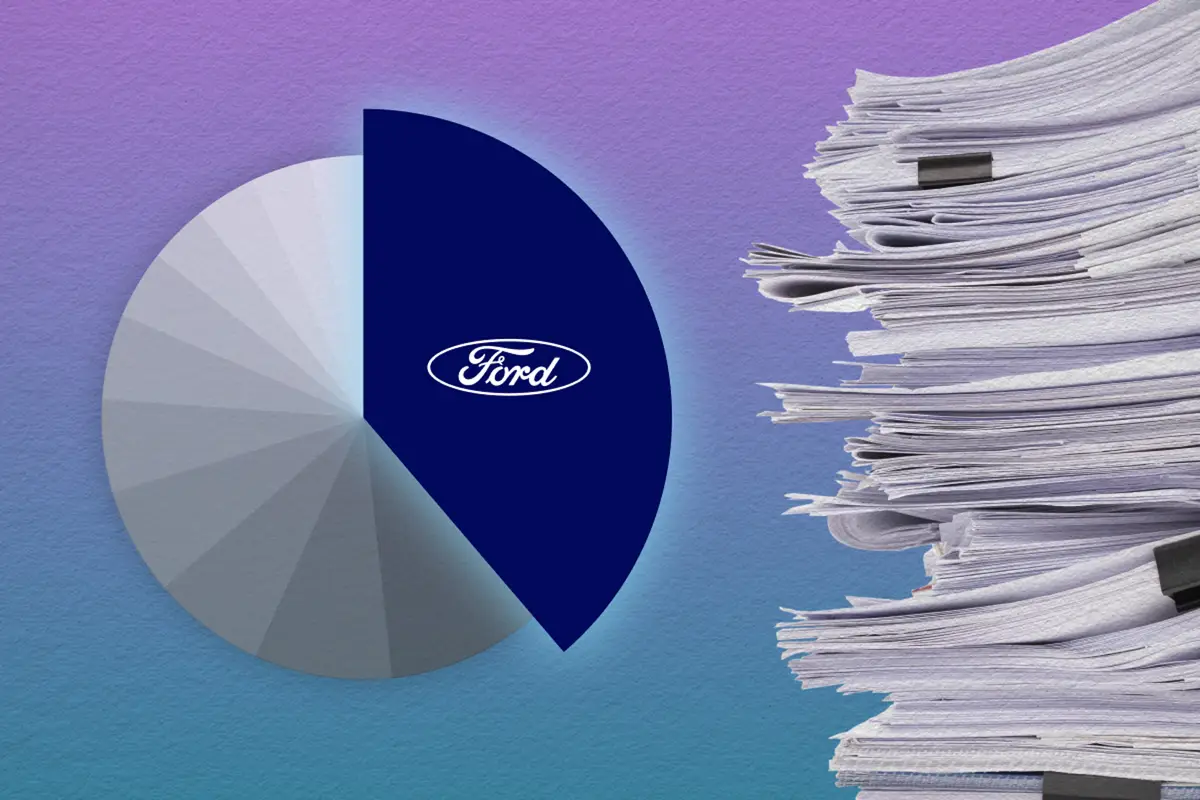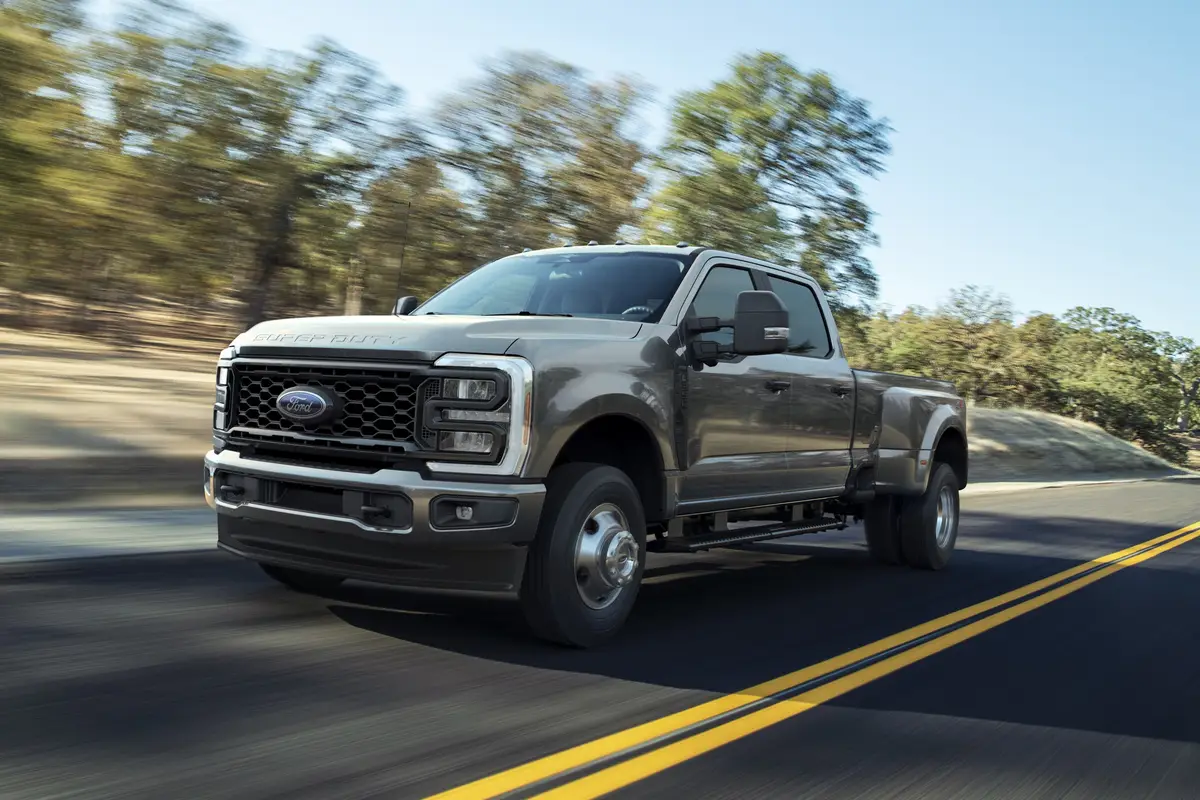chicagotribune.com's view
It’s a dirty, thankless job, but someone has to do it–spend a day under a warm Wisconsin sun circling the track at Road America in a 1996 Chevrolet Corvette Collector Edition coupe with its 300-horsepower V-8, teamed with automatic.
When the tires finally needed time to cool, we found ourselves forced behind the wheel of a 1996 Corvette Grand Sport with a 330-h.p. version of the same engine, teamed with 6-speed manual.
And the wife sits at home thinking the old man is out having fun!
Did we mention getting windburn?
And the mosquito bite?
The 1996 model year is the end of the current generation Corvette before an all-new model, which looks somewhat akin to a Mazda RX-7, arrives for 1997. The so-called King of the Hill ‘Vette, with its 5.7-liter, 405-horsepower V-8 is gone, and in its place Chevy introduces a pair of commemoratives powered by a 5.7-liter, 330-h.p., LT4 V-8, though truth be told, “tamer” is like being given the choice of facing an alligator or a crocodile: you quickly grow to appreciate what’s before you without worrying about nomenclature.
The Collector Edition is distinguished by silver paint, chrome Collector emblems, 17-inch, five-spoke aluminum wheels painted silver and slightly wider-profile rear tires than the regular coupe, black brake calipers with raised aluminum Corvette lettering, Collector-edition embroidery in the leather seats and, more important, a 5.7-liter, 300-h.p., LT1 V-8 with automatic or the optional 5.7-liter, 330-h.p., LT4 with 6-speed manual.
The Collector Edition marks the last year on the market for the fourth generation ‘Vette. A minimum of 4,000 will be built.
Grand Sport is decked out in Admiral Blue metallic paint, white hood stripe and red “hash marks” on the left front fender, chromed Corvette emblems on the hood and fuel door and perforated leather seats with Grand Sport embroidered on them. Even wider-profile tires are standard (11-inch versus 9-inch on the Collector, and the first corner you take at 90 miles per hour let’s you in on the secret of how important those two extra inches are). They require special fender flares to cover the extra wideness.
Only the 330-h.p. engine with 6-speed manual is offered on the Grand Sport, which salutes the five special lightweight Corvette race cars built from 1962-’63 under the direction of Zora Arkus-Duntov and driven by such names as Roger Penske, Dick Thompson and A.J. Foyt. The reason for the hash marks, by the way, was to tell the cars apart from one another on race day.
A minimum of 1,000 Grand Sports will be built.
The Grand Sport decor package will set ‘Vette aficionados reminiscing about Duntov and Penske, but it might make fashion designers or interior decorators cringe. Some fans of the ZR-1 (or King of the Hill) have begun to disparage the Grand Sport because 405 minus 330 leaves 75 h.p. left over.
The Grand Sport will not slam you into the bucket as firmly as the King did, but be prepared to be nudged. The Grand Sport we drove came not only with the higher horsepower engine and wider profile tires, with their fondness for grabbing the pavement, especially in corners, but also with the optional ($350) Z51 handling package with stiffer spring rates, Bilstein shocks and front and rear stabilizer bars.
It takes but a couple of trips through the Road America course–first in a Collector Edition coupe and then a Grand Sport–to realize how much those tires and that suspension contribute to performance and fun.
The Z51 package is for the more aggressive driver. You get a bit stiffer ride on the highway but very little body roll in corners and turns.
If you want less firmness, the Grand Sport also can be equipped with the new Selective Real Time Damping system ($1,695 option) that uses sensors and accelerometers at each wheel to measure movement and adjust the shocks’ damping mode for optimum ride control–all in 10 to 15 milliseconds.
The King was raw power and who cared how harsh the ride and how much lean there was in corners and turns. The Grand Sport is power plus predictabilty in ride and handling and getting into and out of those tight spots without having to wave a white flag and surrender.
The King was intimidating; the Grand Sport wants to be your pal. You give up 75 horses but gain a friend.
Harry Turner, sports-car manager in charge of ‘Vette and Camaro development for Chevrolet, said the suspension system on all Corvettes was recalibrated for 1996 to improve ride and handling.
While the systems focus primarily on up-and-down movement, Turner said Chevy is looking into lateral or yawl control for the very near future, a system similar to what Cadillac plans for 1997, so the suspension automatically adjusts for just about any situation you put to it.
We asked Turner why the King–the ‘Vette, not Elvis–died. There have been reports that Chevy couldn’t avoid a gas-guzzler tax if it kept the 405-h.p. engine or couldn’t meet federal emissions requirements or that y folks simply tired of paying homage to the King in its 1990-’95 run.
“It wasn’t so much emissions and fuel economy as it was the market for high-priced $60,000-and-up sports cars is only about 7,500 units a year for the entire industry,” he said. “Those who can afford that money typically buy what’s new at the time. The first year for the ZR-1 we sold 3,000 units and people were paying over sticker. Within 18 months the piranha had been fed and sales dropped. We noticed the same with the Acura NSX; it sold a ton the first year and then sales dropped to the point people wondered if they were going to keep the car.
“You need cars like this in your lineup to prove your technology, but have to accept that they have short life expectancies. We have a lot planned for our new Corvette next year,” he said.
The Grand Sport coupe starts at $43,823, the convertible at $51,288. The Collector coupe starts at $40,373, the convertible at $48,208. All prices include $565 for freight.
The LT1 engine with automatic is rated at 17 miles per gallon city/25 m.p.g. highway, the LT4 with manual is rated at 16/27.
Latest news



